Staggeringly destructive wildfires have threatened homes, wildlife, and forests for centuries, but did you know that controlled fires or prescribed burns can actually be beneficial to landscapes and wildlife? Prescribed fire is a complex forest management tool that involves trained agency professionals, contractors and private landowners burning an area under a set of specific fuel and weather conditions called a prescription. Prescribed fire is used to accomplish specific management objectives, like reducing the risk of high severity wildfires, improve forest health, and supporting ecosystem diversity. Cold weather is just around the corner, and fall and winter is the time when most people implement prescribed fire. Let’s take a closer look at what prescribed burns are and why they are essential to maintaining healthy environments.
Prescribed burns are controlled fires used to reduce fuel loads (meaning reducing their availability to feed a wildfire), improve wildlife habitats, and restore healthy ecosystems. These fires are set intentionally and are planned and conducted to meet specific management objectives. One of the most common objectives of a prescribed burn is to reduce the risk of wildfires by clearing out leaf litter, pine needles, shrubs and other dead and dry vegetation that can fuel a fire. This method of hazard reduction is used in areas that are prone to wildfires such as forests, grasslands, and savannas.
Prescribed burns are crucial to the health of many types of forests. The controlled burns have wide ranging benefits including removing invasive plant species, promoting the growth of native vegetation, and increasing the forest’s resilience to drought and beetles. Many plant species in forests and grasslands have adapted to fire, and some species even depend on it in order to reproduce or grow. Prescribed burns stimulate the growth of these fire-adapted species and promote a more diverse and resilient ecosystem. In addition, controlled burns offer an effective and practical means of controlling disease to trees and insects that cause harm to the environment.
Wildlife can also benefit from prescribed burns, which is why you often see the hunting plantations in our area burn on a one-to-three-year return interval. Fire stimulates new grass growth that’s beneficial to animals for nesting and cover. Prescribed fires stimulate the growth of native grasses and herbaceous vegetation, which provides valuable food and cover for a wide variety of wildlife species. Animals like deer browse on groundcover. Quail and songbirds utilize seed produced by native plants. Fire can also help remove dead wood and create new snags, which are important nesting sites for many species of birds.
Prescribed fire is not only beneficial for the environment, but an efficient and low-cost way to keep fuels at safer levels. By reducing the risk of wildfires, prescribed burns save money on firefighting costs and property damage. Prescribed burns can also reduce the need for expensive thinning or mechanical treatments by promoting healthy forest growth and natural regeneration.
Prescribed burns are an essential management tool for maintaining healthy environments. It is now accepted that prescribed fire is needed to improve forest health, promote biodiversity while reducing the risk of wildfires, and protect public health and safety. When done properly, prescribed burns can also be cost-effective and save money on firefighting and restoration costs. As we continue to manage our natural resources, it is important to remember that prescribed burns play a vital role in maintaining healthy, resilient ecosystems.
This content may not be used or reproduced in any manner whatsoever, in part or in whole, without written permission of LANDTHINK. Use of this content without permission is a violation of federal copyright law. The articles, posts, comments, opinions and information provided by LANDTHINK are for informational and research purposes only and DOES NOT substitute or coincide with the advice of an attorney, accountant, real estate broker or any other licensed real estate professional. LANDTHINK strongly advises visitors and readers to seek their own professional guidance and advice related to buying, investing in or selling real estate.




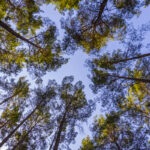

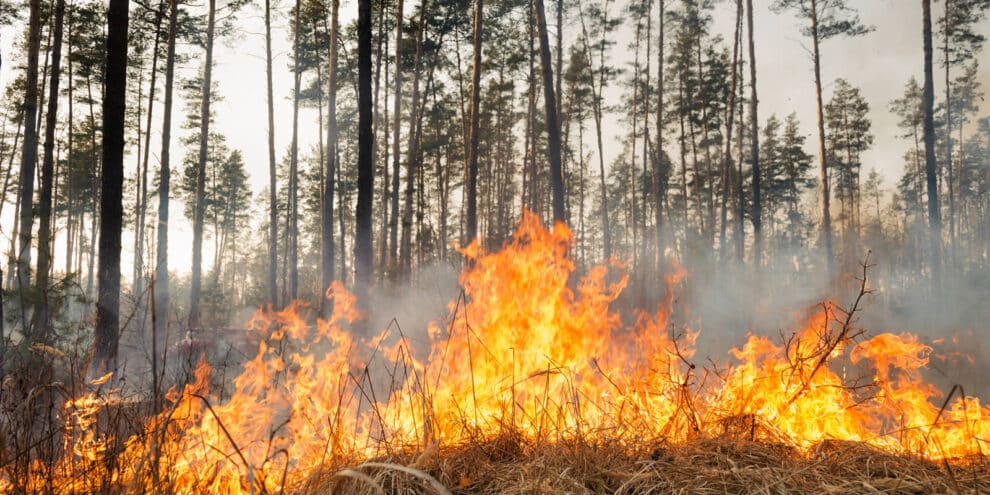
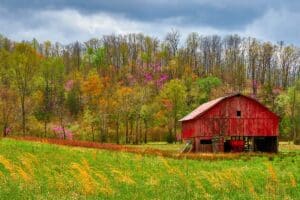
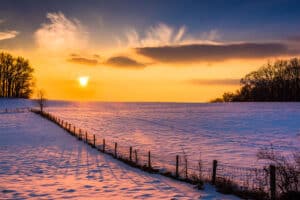
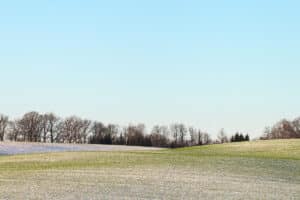
“Prescribed fire is not only beneficial for the environment, but an efficient and low-cost way to keep fuels at safer levels. By reducing the risk of wildfires, prescribed burns save money on firefighting costs and property damage. Prescribed burns can also reduce the need for expensive thinning or mechanical treatments by promoting healthy forest growth and natural regeneration.”
It is until it isn’t. Mack Lake Fire (MI) 1980, 1 fatality, 44-structures lost, 23,834 acres; Cerro Grande Fire (NM) 2000, 400 family homes destroyed, burned through the Los Alamos Nuclear Lab risking the release of enriched uranium and weapons grade plutonium, 43,000 acres, extreme post fire flooding, Price tag $1billion; Sanford Burn (UT) 78,000 acres, $6.160million to suppress and rehabilitate; Las Dispeñsas Burn (NM) 2022 escaped and became the Hermits Peak Fire, Calf Canyon pile burn (NM) 2022 piles not extinguished and reignited and combined with the Hermits Peak Fire to form the Hermits Peak/Calf Canyon Fire (NM) 341,471 acres ½ of which was private land, 903 structures destroyed, extreme post flooding events and 3 fatalities from post fire flooding, $5 billion to suppress, $4 billion in claims, total $9 billion.
Don’t be fooled by bromides that state “controlled burns” save money on fire suppression costs and property damage and is less expensive than thinning or mechanical treatments. There is no free lunch and lots of hubris including pyromania in the “controlled” burn world. Caveat Emptor!